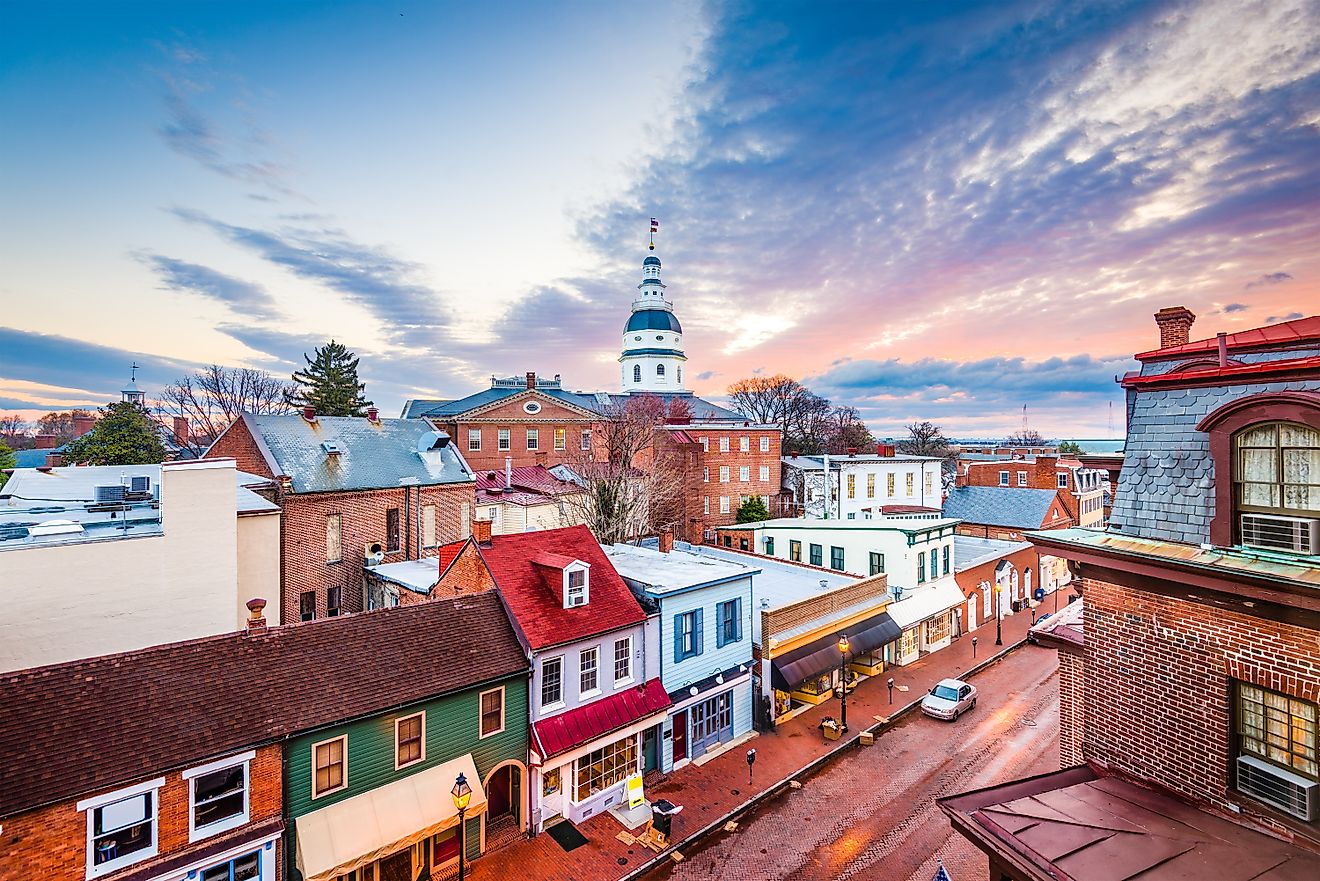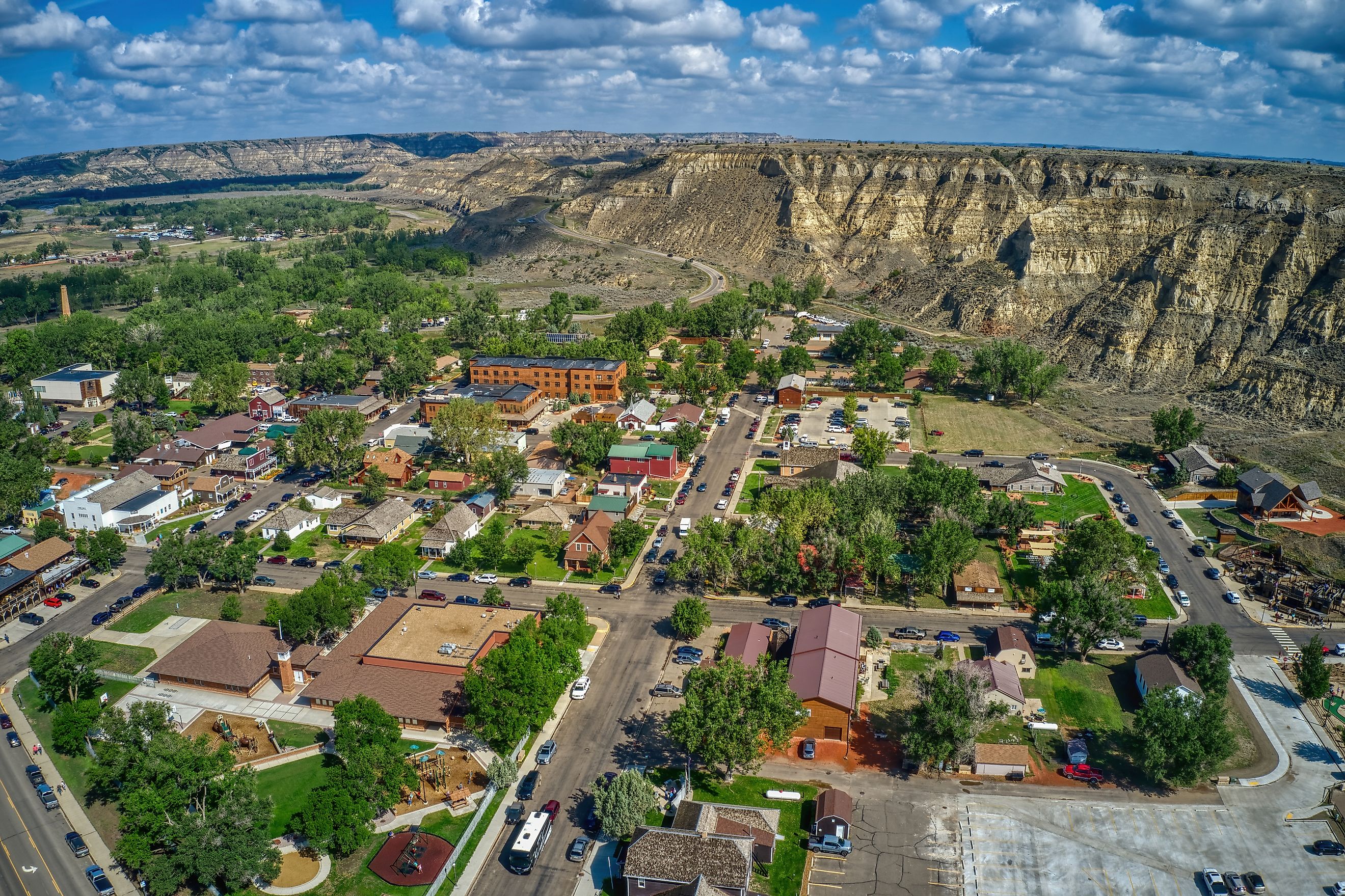
7 Underappreciated Towns to Visit in North Dakota
North Dakota can be considered an underappreciated flyover state. However, this state in America's heartland doesn't get enough exposure in regard to its many great tourist destinations and small towns that exemplify the welcoming vibe that is abundant here.
We will help shine some light on the Peace Garden State! Join us as we take a deeper dive into 7 must-visit towns that make a visit here worthwhile. Whether you are into fishing, hiking, museums, or unique roadside attractions, we know that there is something here for all who decide to check this beautiful state out. Come here for an experience that not enough travelers can say they've partaken in.
Medora
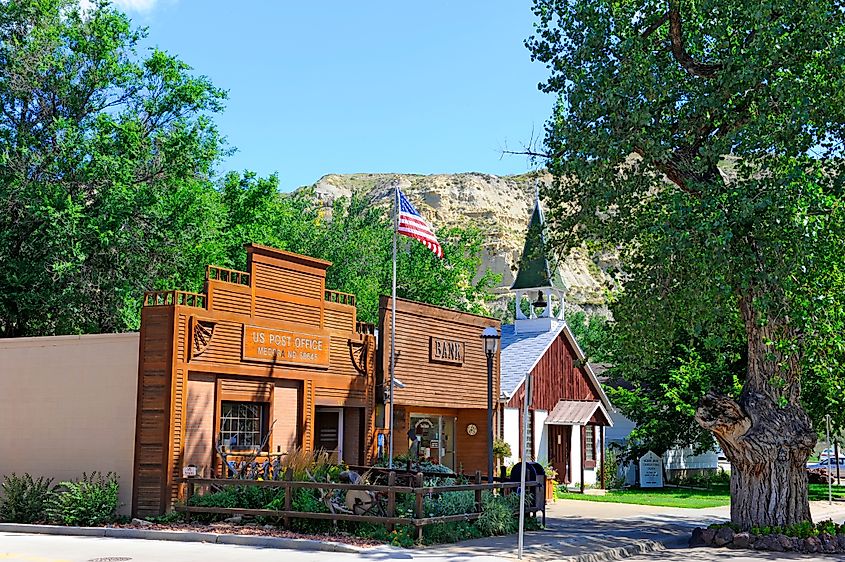
One of the main attractions near Medora is Theodore Roosevelt National Park, which offers all a chance to explore beautiful yet rugged badlands. Here, you can view the diverse wildlife that calls this park home and hike scenic trails in and around the badland hills and gullies. The park is named after the 26th President of the United States, who spent a considerable amount of time in the area and was deeply influenced by its landscapes. The park's North Unit contains must-see overlooks of the area and the scenic Loop Drive, providing an immersive experience of North Dakota's natural beauty from the comfort of your vehicle.
In addition to the national park, Medora is home to the historic Medora Musical, a summer tradition that showcases a blend of Western history and traditional American folk music. The town itself also has the Chateau de Mores State Historic Site flanking its western edge, which preserves the legacy of the French nobleman, the Marquis de Mores, who originally founded Medora. This site includes a museum and the original 26-room hunting lodge built in the 1880s.
Garrison

Best known for its proximity to Lake Sakakawea, one of the largest man-made lakes in the United States, Garrison is a popular escape for the residents of this relatively lake-free region who are looking to participate in some water-based activities. The lake provides a variety of recreational activities, such as fishing, boating, and camping, with Stoney Hill RV Park being a nice sport for both RV drivers and tenters. Lake Sakakawea State Park, located just south of Garrison right on the lakeshore, has facilities for hiking and bird watching, as well as scenic views of the lake and surrounding landscapes.
The North Dakota Fishing Hall of Fame is located in Garrison, honoring individuals and organizations who have made significant contributions to fishing in the state, making Garrison a true haven for fishermen who are looking to both do their hobby and learn more about it.
Garrison is also notable for its annual Dickens Village Festival, held each December. This event transforms the town into a Victorian-era village with street vendors, horse-drawn carriages, and performances inspired by Charles Dickens's works.
Washburn
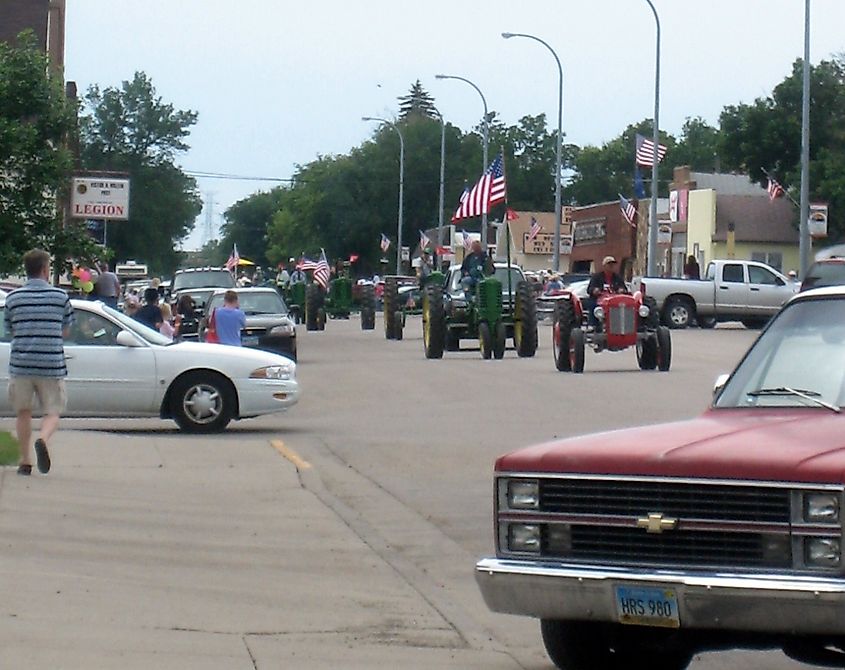
On the banks of the Missouri River in central North Dakota, Washburn is a town of historical and cultural importance. To start, the Lewis and Clark Interpretive Center is a popular draw, with several exhibits based on the famous cross-country expedition that passed through the area in the early 19th century. The center features artifacts and educational programs that detail the journey of Lewis and Clark, as well as the impact of their expedition on American history.
Adjacent to the Interpretive Center is Fort Mandan, a replica of the fort where the Lewis and Clark Expedition wintered from 1804 to 1805. You can check out the reconstructed fort, participate in guided tours, and learn about the interactions between the explorers and the Mandan and Hidatsa tribes. This site provides a tangible connection to the early exploration of the American West that is fun for the whole family.
Washburn's nearby outdoor-related attractions along the Missouri River include a selection of prime fishing spots, boating docks, and hiking trails along its banks. The Washburn Discovery Trail is a popular route along the river, ideal for both walking and biking.
Rugby
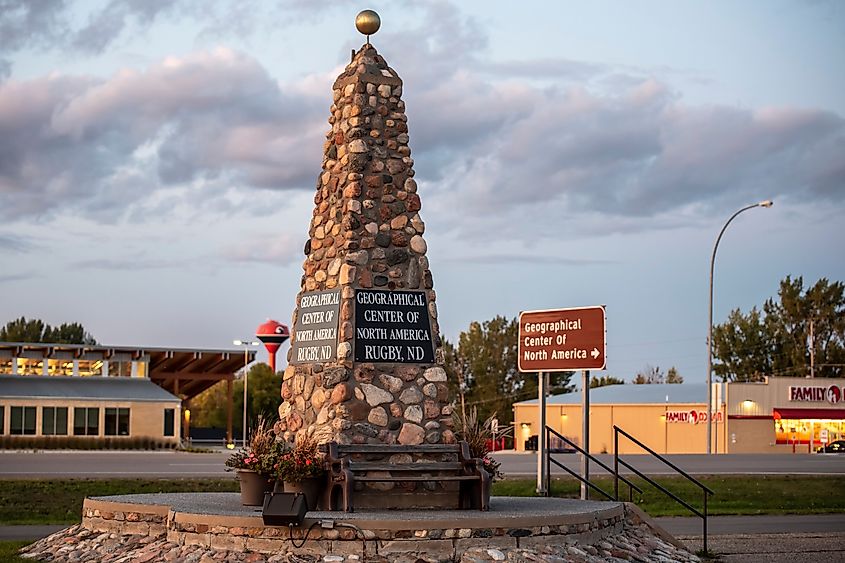
Rugby, North Dakota, is most famous for being the geographic center of North America. A monument marking this central point is a popular photo location and a symbol of the town's unique claim to fame.
There is more here than just a geographic landmark, however. Rugby's Prairie Village Museum is another significant attraction, featuring over 20 historic buildings and numerous exhibits that portray life on the prairie in the late 19th and early 20th centuries. The museum will give you a comprehensive and detailed look at what life was like in this important breadbasket region. Just north of town, the International Peace Garden, located on the border between North Dakota and Manitoba, Canada, is a beautifully landscaped garden park that commemorates the peaceful relationship between the two nations.
Rugby is also home to the Niewoehner Bell Tower, which houses an impressive collection of bells from around the world. This eccentric outdoor museum is perfect for anyone who enjoys odd yet informative roadside stops.
Devils Lake
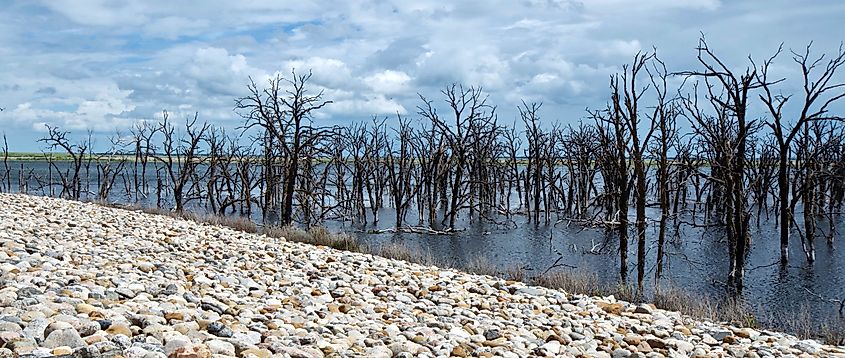
In the northeastern corner of North Dakota, the town of Devils Lake is well-known for its natural beauty and as a place to easily find outdoor recreation. The lake itself is the largest natural body of water in the state and has excellent fishing for walleye, perch, and northern pike. It is highly recommended that you go boating and kayaking along the shores and in the nearby Sullys Hill National Game Preserve for unique views of this area.
Historically, Devils Lake was a significant area for Native American tribes, evidenced by archaeological sites and petroglyphs found in the region. The Fort Totten State Historic Site, located on the Spirit Lake Reservation near Devils Lake, preserves a 19th-century military fort and provides info about the region's various settlements and conflicts during the frontier era.
The town of Devils Lake itself contains many useful amenities for visitors, including restaurants, lodging, and outfitters. Visit Stringers Outfitters for a professional fishing charter service if you are not familiar with the area.
Valley City
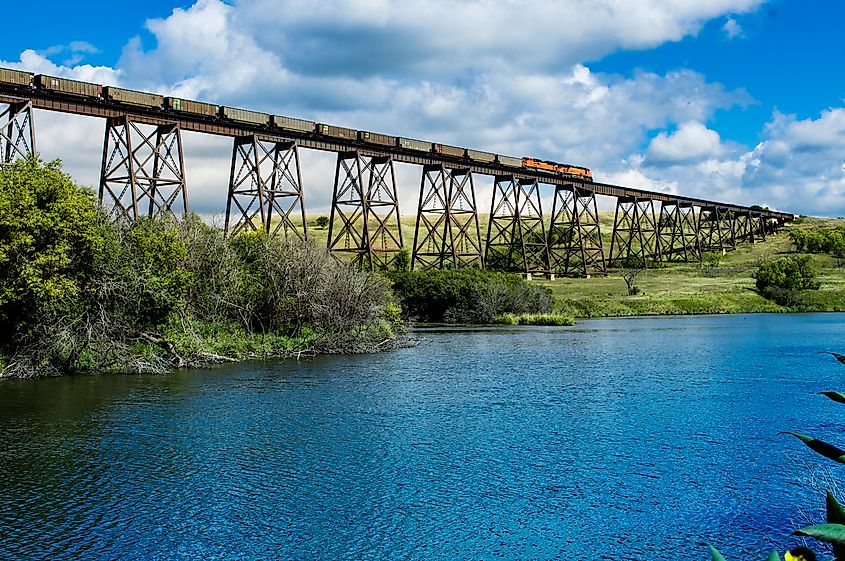
Seated within the Sheyenne River Valley in southeastern North Dakota, Valley City's most famous feature is the Highline Bridge, a 3,860-foot-long railroad bridge that spans across the expansive valley. This historic structure is great for panoramic views of the valley and is an amazing engineering feat in its own right.
This town is also home to the Medicine Wheel Park, an archaeological site containing a reconstructed Native American medicine wheel and a nicely curated interpretive center. This park is very important to the local Native American tribes and provides educational opportunities for visitors interested in indigenous history. You can learn more about Valley City itself at the Barnes County Historical Society Museum, which holds exhibits about American settlements, along with displays on natural history, prehistoric and more modern.
Hettinger
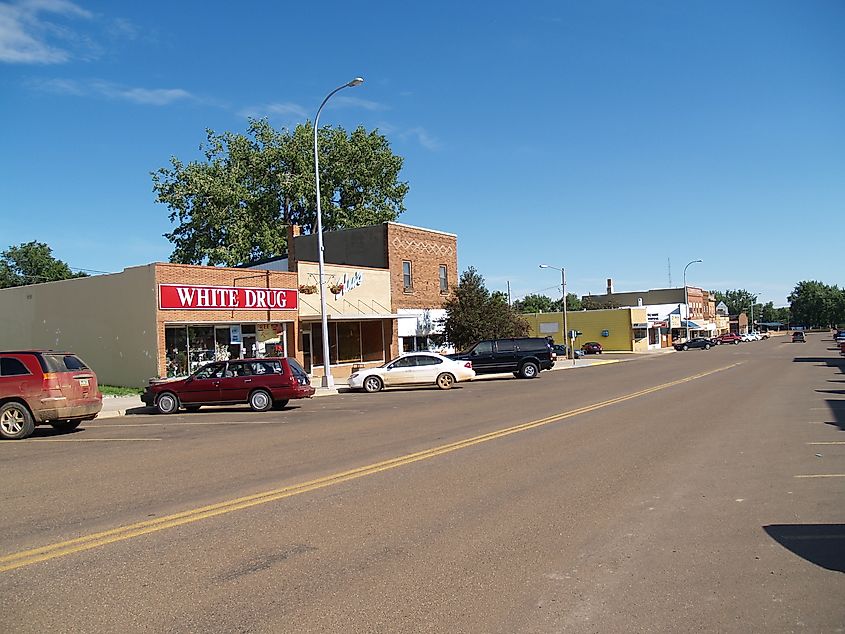
Hettinger is surrounded by the rolling hills and vast prairies that are common in this overall underappreciated state, providing a picturesque backdrop for outdoor activities such as hiking, hunting, and wildlife viewing. This is also a notable agricultural region, dating back from the time of the original Euro-American settlers to the modern day. This is exemplified at the nearby Black Leg Ranch, a historic working ranch that provides tours that showcase the area's ranching traditions along with the beauty of the North Dakota Badlands.
Downtown Hettinger is the home of the Dakota Buttes Museum, which preserves artifacts and exhibits related to this region's human and natural history, including its Native American past and eventual pioneer settlement. The museum's collection includes farming tools, household items, and photographs that depict daily life in Hettinger and the surrounding area over the past century.
For those interested in local culture, Hettinger hosts events such as the Adams County Fair in the summer and the West River Ice Fishing Tournament in the winter.
Discover the Hidden Charms of North Dakota's Small Towns
North Dakota's underappreciated towns clearly offer a variety of natural beauty, rich history, and unique cultural experiences for travelers seeking off-the-beaten-path destinations. From the rugged badlands and historic sites of Medora to the tranquil shores of Devils Lake, each town has its own distinct charm and attractions. Whether exploring the geographical center in Rugby or immersing oneself in the agricultural heritage of Hettinger, these towns are a testament to North Dakota's expansive landscapes, inviting all to discover authentic local experiences.








